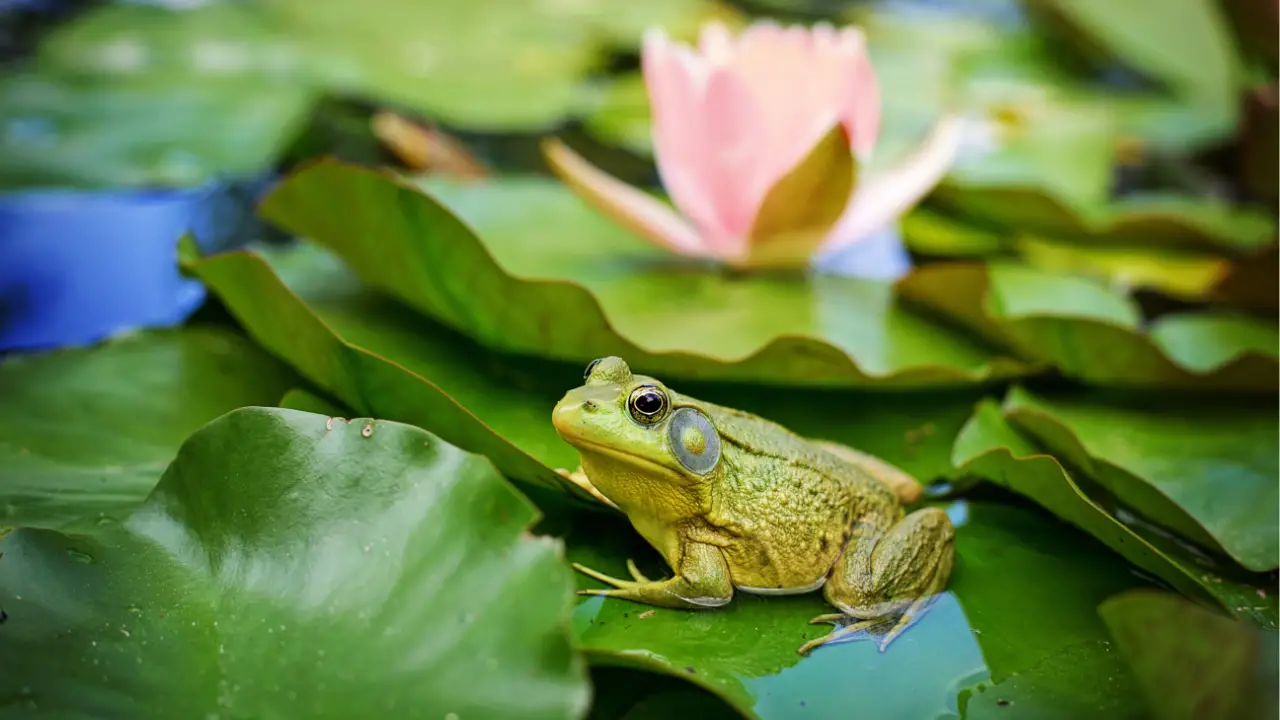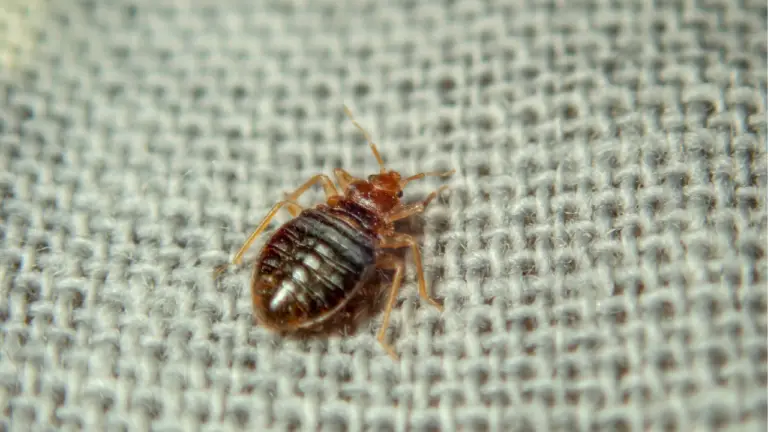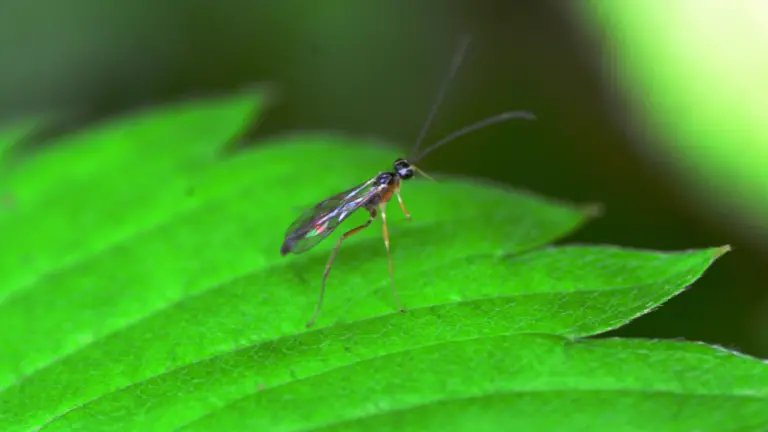10 Ways To Get Rid Of Frogs In Yard

Frogs can be a delightful addition to the ecosystem, but when they invade your yard in large numbers, they can become a nuisance. Their constant croaking can disrupt sleep, and their presence might deter some people from enjoying their outdoor spaces. Moreover, frogs can attract predators and other pests. Whether you’re dealing with a mild frog problem or a full-blown infestation, there are several methods you can use to manage and reduce their numbers. This article will explore ten effective products and strategies to help you reclaim your yard from these amphibian invaders.
10 Ways To Get Rid Of Frogs In Yard
1. Citric Acid Spray
Citric acid is a natural and effective deterrent for frogs. It can be purchased from most garden centers or online retailers. When mixed with water and sprayed around your yard, citric acid can create an inhospitable environment for frogs, encouraging them to relocate.
To make a citric acid spray, dissolve 1.3 pounds of citric acid in a gallon of water. Apply this solution around the perimeter of your yard and in areas where frogs are most active. The acidic nature of the solution irritates the frogs’ skin, prompting them to leave the area without causing permanent harm.
2. Coffee Grounds
Used coffee grounds can be repurposed as a frog repellent. Frogs dislike the texture and smell of coffee grounds, making them an excellent and eco-friendly deterrent.
Sprinkle coffee grounds around your garden, flower beds, and other areas where frogs congregate. The grounds will need to be reapplied regularly, especially after rain or watering. This method not only helps to deter frogs but also enriches the soil, providing a dual benefit for gardeners.
3. Saltwater Solution
Saltwater can be an effective way to discourage frogs from settling in your yard. The saline solution irritates their skin and creates an uncomfortable environment.
Mix a solution of salt and water, using a ratio of about 1 cup of salt per gallon of water. Spray this mixture in areas where frogs are prevalent. However, use this method sparingly, as excessive salt can harm plants and soil health.
4. Vinegar Spray
Vinegar is another household item that can be used to repel frogs. The strong smell and acidity of vinegar are unpleasant for frogs, encouraging them to move elsewhere.
To create a vinegar spray, mix equal parts of vinegar and water. Spray this solution around the yard, focusing on areas where frogs are most active. Regular application, especially after rain, can help maintain its effectiveness.
5. Garlic and Salt Mixture
A combination of garlic and salt can be used to deter frogs. The strong smell of garlic and the irritation caused by salt can drive frogs away from your yard.
Crush several garlic cloves and mix them with salt. Sprinkle this mixture in areas frequented by frogs. Reapply as needed, particularly after rain or irrigation. This natural method is safe for plants and other wildlife.
6. Commercial Frog Repellents
There are various commercial frog repellents available on the market. These products are specifically designed to deter frogs without causing them harm.
When using commercial repellents, follow the manufacturer’s instructions for application and safety. These products can be sprayed around the yard, garden, and other areas where frogs are a problem. Regular application may be necessary to maintain their effectiveness.
7. Diatomaceous Earth
Diatomaceous earth is a natural powder made from fossilized remains of tiny aquatic organisms. It can be an effective deterrent for frogs and other pests.
Sprinkle diatomaceous earth around the perimeter of your yard and in areas where frogs are active. The fine particles irritate the frogs’ skin, encouraging them to leave. This method is safe for humans and pets but should be reapplied after rain or watering.
8. Lemon Juice Spray
Lemon juice is another natural remedy that can help repel frogs. The citric acid in lemon juice creates an uncomfortable environment for frogs, making them less likely to stay.
Mix lemon juice with water in a spray bottle and apply it around your yard. Focus on areas where frogs are most active. Regular application is necessary, especially after rain, to maintain its effectiveness.
9. Mesh Fencing
Installing mesh fencing around your yard or garden can physically prevent frogs from entering. This method is particularly effective if you have a persistent frog problem.
Choose a fine mesh to ensure frogs cannot slip through. Install the fencing around the perimeter of your yard or specific areas you want to protect. Ensure the fence is buried a few inches into the ground to prevent frogs from digging underneath.
10. Remove Standing Water
Frogs are attracted to standing water, which they use for breeding. By eliminating sources of standing water, you can make your yard less appealing to frogs.
Inspect your yard for any areas where water accumulates, such as birdbaths, puddles, or containers. Drain or remove these water sources to reduce the likelihood of frogs settling in your yard. Additionally, keep your gutters clean and ensure proper drainage around your property.
By employing these strategies, you can effectively manage and reduce the frog population in your yard. Whether you prefer natural remedies or commercial products, there’s a solution to suit your needs and help you reclaim your outdoor space.






